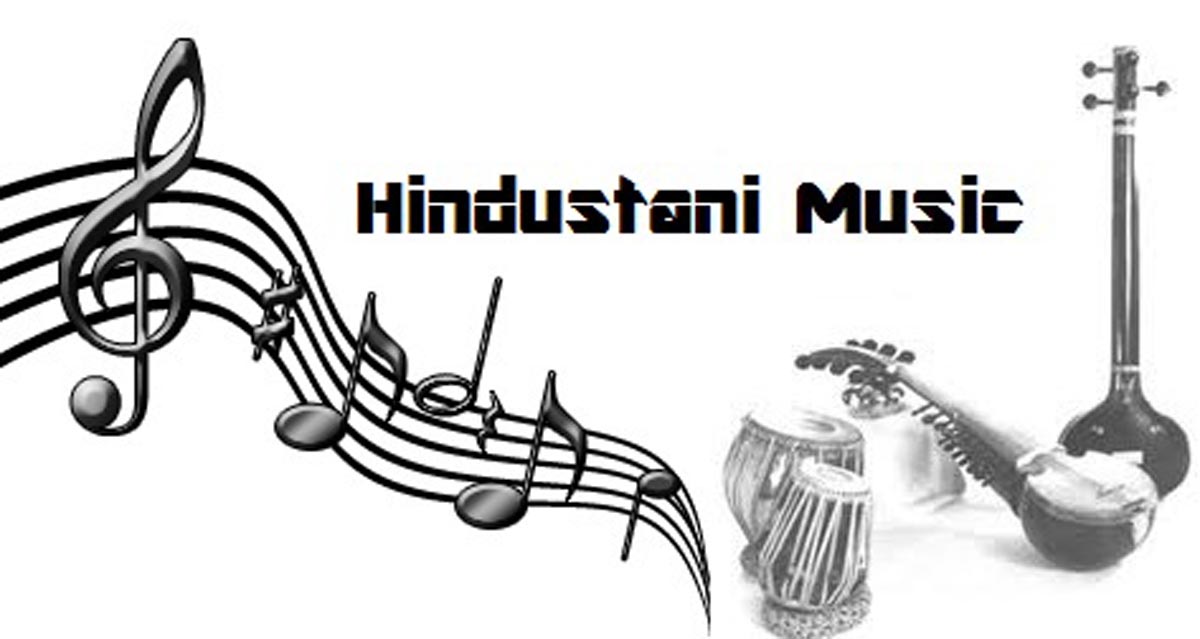Hindustani Music – North Indian Music

The distinctiveness of Hindustani vocal music is articulated through analyzing the use and application of several melodic shapes sung in different genres thus contributing to a general overview of their musical diversity.
The different degrees of intensity in melodic shapes sung in music genres cause remarkable changes from one genre to another although the same melodic shapes are applied.
There are several vocal gharanas of North Indian music that are vastly different from each other in both musical content and cultural context. Each gharana has developed musical individuality of voice production through training methods followed by a certain ideology of history and culture.
Hindustani music comprises many music genres and they are generally classified as classical, semi-classical, and light classical music. Mainly dhrupad, dhamar, and khyal are called classical music genres. Other genres i.e. thumri, tappa, chaiti, julha, kajri, and dadara are called semi-classical forms.
All genres and forms consist of many compositions and basic melodies from different regions in North India. Ghazal is generally considered as light classical music though they are also sung in semi-classical style by some. Voice Cultures in Hindustani Classical Music 73 musicians. These genres can be identified as different from each other mainly in terms of their melodic features.
Ancient treatises of Hindustani music provide almost a complete set of terms for various melodic shapes that are used in Hindustani music practice. Hindustani music mainly focuses on the accuracy of pitch and melodic shapes in order to execute the style of the respective music genre while the timbre or tonal quality is intriguing in western art music.
Vocal training methods are embedded into and evolve from the cultural context in which musicians were brought up. Therefore, they differ from genre to genre. For example, thumri singing was developed through courtesans who mostly performed dances while singing. During dancing, they could easily produce lighter, florid, effeminate, and romantic vocal renderings rather than singing calm, sober, dignified, majestic, or spiritual-listic melodies as in dhrupad performances. Thumri singers had to satisfy an audience whose expectations of aesthetics were more towards romantic and erotic experiences through music.
Other features that make vocal genres different in Hindustani music are composition structures, lyrical meanings, musical instruments used, and the historical and present-day cultural contexts.
The ranking system of musicians in Hindustani music was based upon the purpose and contest for musical performance. It says that musicians were evaluated not only through rating their musical abilities but were ranked in the system according to context such as singing for spiritual purposes, singing for the elite in society, and singing for general audiences.
This hierarchy system of musicians also must have been idealized through the Hindus’ caste system propagated by some Brahmins who led the society by being mediators between the people and the Gods. With the arrival of new technology in India, conservative features of learning, teaching, and performing changed exceeding the boundaries regarding gender, religion, and social hierarchies which were considered before the mid of the nineteenth century. Various music pieces from different places in India were broadcast and records of many vocal performances were available at the market.
Suggested Read: Carnatic Music






